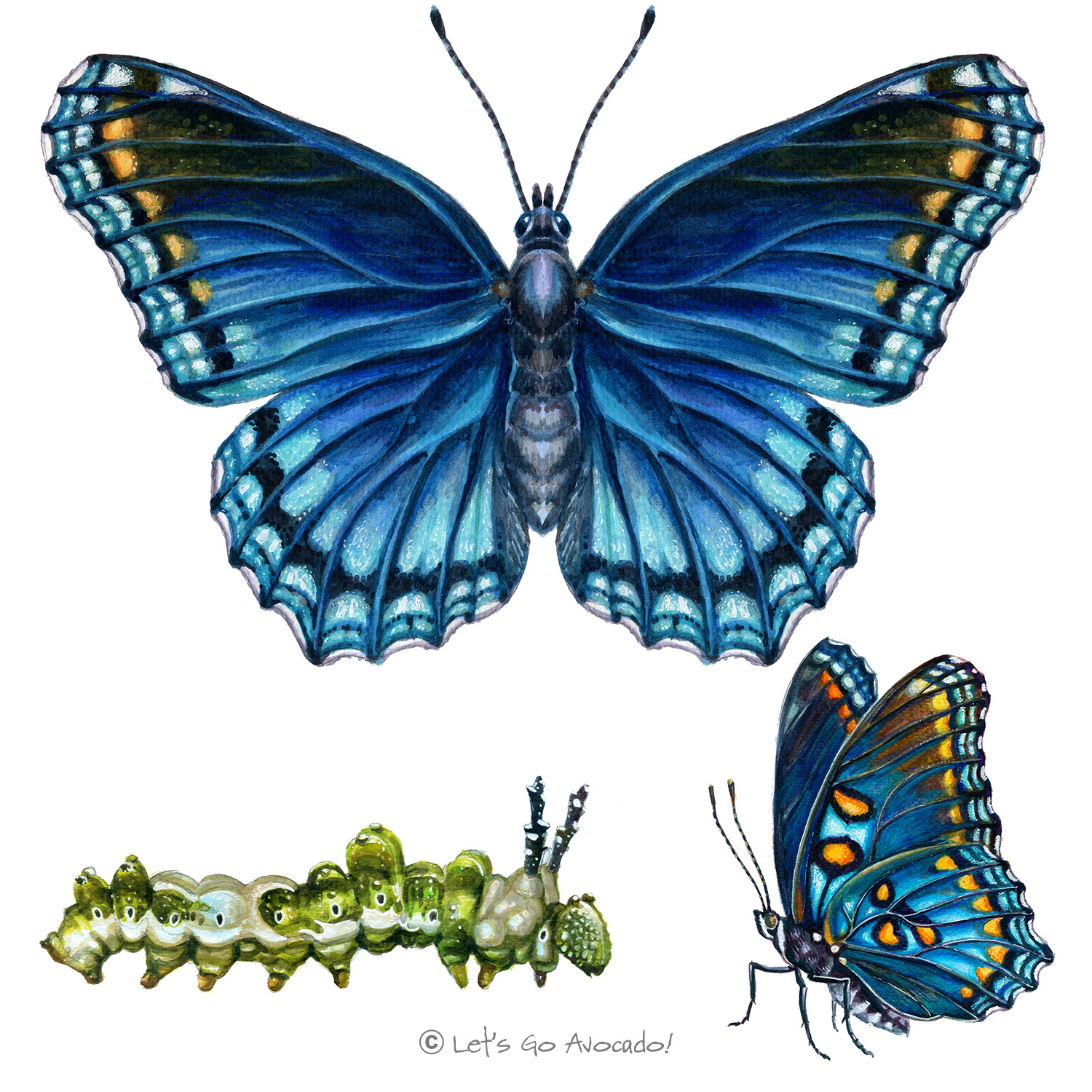

Red Spotted Purple Butterfly
White Admiral (in certain regions)
Limenitis arthemis astyanax
This page may contain affiliate links.
Read our disclosure and privacy policy here.
The Red Spotted Purple butterfly is a North American butterfly that belongs to the brush-footed butterfly family. It is admired for its stunning coloration. It is a subspecies of the White Admiral Butterfly.
Red Spotted Purple Butterfly
Common Name
Other Names
Latin Name
Distribution
Appearance
Size
Habitat
Diet
Lifecycle
Defense Mechanisms
Ecological Importance
ConservationThe act of protecting and preserving natural resources and the environment. Conservation efforts are important to protect beavers and their habitats. Learn More Status

There’s a lot to explore right where we are, in our own neighborhoods and backyards! Join us while we get off the couch and explore the everyday wonders of nature, science, space, engineering, art, and anything else we stumble upon during on our adventures.







